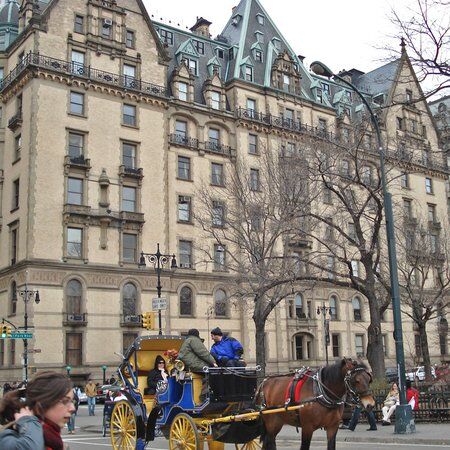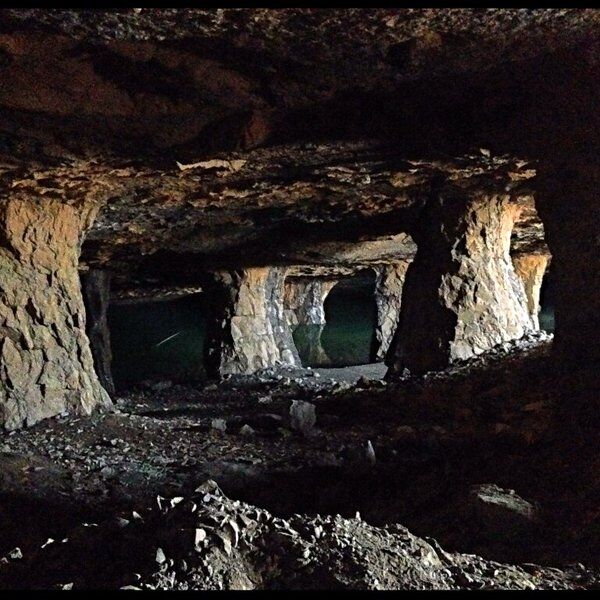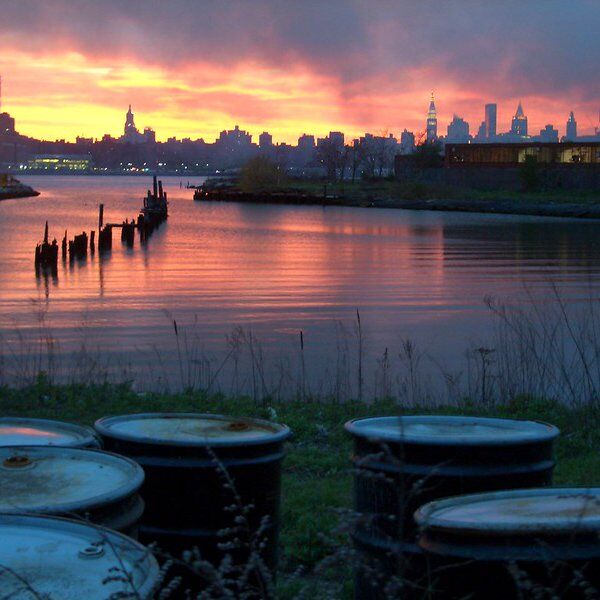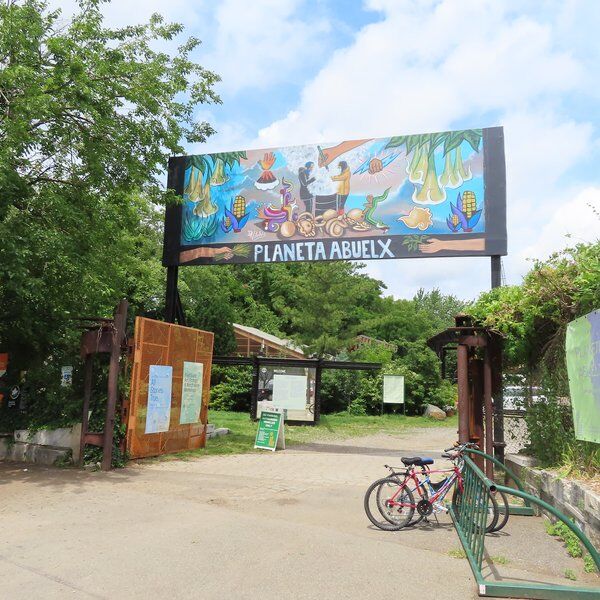
Discover the Dakota Apartments
The Dakota Apartments, located at 1 West 72nd Street on Manhattan’s Upper West Side, is widely regarded as the first luxury apartment building in New York City. Completed in the late 19th century, the building's style blends German Renaissance Revival, Châteauesque, and Gothic Revival elements into a masterpiece often referred to as "a happy mix."
The name "Dakota" is rumored to have originated from the building’s remote location, which, in the 1880s, was considered as distant from Manhattan’s bustling core as the Dakota Territory was from the East Coast. Over the years it has housed a roster of illustrious residents and has been designated as a National Historic Landmark.

The History of the Dakota Apartments
A New Beginning
The Dakota Apartments was the brainchild of Edward Clark, cofounder of the Singer Sewing Machine Company and a savvy real estate investor. In the 1870s, Clark saw potential in Manhattan’s sparsely developed Upper West Side—a neighborhood considered too remote and underdeveloped for the city’s elite.
Inspired by the luxurious apartment buildings of European capitals, Clark envisioned a residence that would offer New York’s wealthy the grandeur of a private mansion within the convenience of a shared space. He selected the nearly square plot of 40,866 square feet because of its sweeping views of Manhattan and convenient access via 72nd Street, a major crosstown thoroughfare.
Creating the Dakota Apartments
Clark commissioned Henry Janeway Hardenbergh to bring his vision to life and construction began in 1880. At the time, apartment living in New York was associated more with working-class tenements than affluent lifestyles. The Dakota aimed to break this mold.
Completed in 1884, the Dakota introduced a new standard of luxury apartment living. The exterior features intricate terracotta panels, dormer windows, and cast-iron balconies set against buff brick walls, accented by sandstone and terracotta details. Its steep, pitched roofs, ornate gables, and turrets make it look like a fortress.
A central H-shaped courtyard, spanning 90 by 55 feet, acts as both a communal space and a source of light and ventilation for the apartments. Originally designed to accommodate horse-drawn carriages, it has been modernized with granite pavers. Other common areas include a grand dining room with carved oak ceilings and a wine cellar.
Inside, each apartment (there were 65 units each containing up to 16 rooms) features mahogany woodwork, high ceilings (12-15 feet), and wood-burning fireplaces with carved mantels. Spacious reception areas, libraries, state-of-the-art kitchens, marble-clad staircases, and private mahogany elevators, reflect the building's luxurious character.

Transforming the Upper West Side
When the Dakota opened its doors, its surrounding area was largely undeveloped, consisting of vacant lots and a few scattered establishments. However, the construction of the Ninth Avenue Elevated Line in 1879 provided a direct connection to Lower Manhattan, paving the way for residential growth. The Dakota then inspired other developers to invest in the neighborhood.
The building’s completion marked the beginning of the Upper West Side’s emergence as an upscale residential area. Its influence extended beyond its immediate vicinity, inspiring the construction of similarly luxurious apartment buildings across Manhattan.
Criticism and Renovations of the Dakota Apartments
Despite its coveted design, the Dakota Apartments initially faced skepticism. The building’s distance from Manhattan’s social scene led some critics to dub it "Clark’s Folly." However, Clark’s vision ultimately prevailed. The Dakota quickly filled with affluent residents. Following Clark’s death in 1882, the building was inherited by his grandson, Edward Severin Clark. By the 1890s, the Dakota had become one of Manhattan’s most desirable addresses, with a waiting list for prospective tenants.
The Dakota Apartments were then managed by the Clark family for nearly 80 years, until ownership transitioned to a cooperative corporation in 1961. In 1969, it achieved landmark status, which ensured it would be preserved. However, maintaining the Dakota has been no small feat. From extensive renovations of fireplaces and elevators in the 1970s and a year-long courtyard renovation in 2004, to a $5 million facade restoration in the 1990s.

Residents of the Dakota Apartments
The Dakota Apartments has had an eclectic mix of high-profile residents. Beloved by artists, the building has housed cultural icons such as Judy Garland, Leonard Bernstein, Lauren Bacall, and Roberta Flack. Yoko Ono and John Lennon famously resided here, with Lennon’s tragic death just outside its gates in 1980 cementing the building’s place in history and drawing countless fans and tourists each year..
Despite its prestige, the Dakota’s co-op board has a reputation for its stringent approval process, having turned away notable figures like Madonna, Cher, and Billy Joel. This exclusivity adds to its charm though, making it one of the most coveted addresses in New York City.

Visiting the Dakota Apartments
While the Dakota remains a private residence, with entry restricted to residents and their guests, its exterior is a must-see for NYC tourists. This exterior has become popular over the years, having been featured in numerous films and television series, including Vanilla Sky and the 1968 psychological horror film Rosemary’s Baby. The building's proximity to Central Park and all of its offerings also enhances its visitor appeal.

Explore Beyond the Dakota Apartments with CityDays
The Dakota Apartments is just one piece of New York City's rich architectural landscape. To delve deeper into the city's hidden gems and iconic landmarks, join a CityDays scavenger or treasure hunt tour.
Scavenger Hunt tours are a great way to bring family and friends—or even dates and colleagues—together for an afternoon of great fun and adventure, solving clues and snapping photos. Clues will lead you to the big sights and those that you'd walk straight past.
For more information about our New York Hunts then click here: NYC Scavenger & Treasure Hunts | CityDays.














